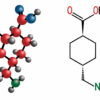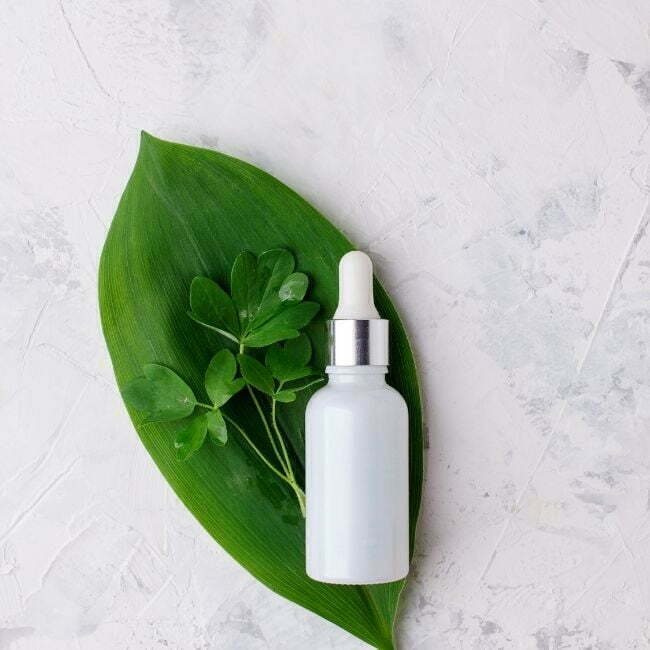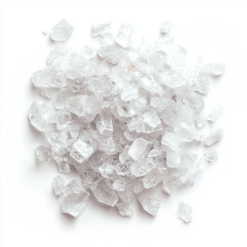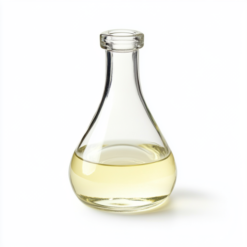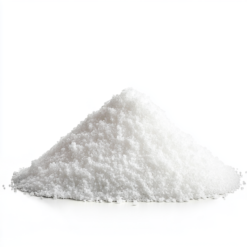Azelaic acid has a simple structure, consisting only of carbon, hydrogen and oxygen atoms.
It occurs naturally in nature, including.
in cereals such as wheat, rye and barley, and is also produced by the yeast Malassezia furfur, which is part of the natural microflora of human skin.
Properties and effects of azelaic acid
Azelaic acid is a broad-spectrum ingredient in dermatology and cosmetology:
- Anti-inflammatory action – soothes inflamed skin, reducing redness and swelling, making it an effective ingredient in the treatment of rosacea and other inflammatory skin conditions.
It also has a soothing effect on skin with signs of hormonal acne, reducing the sensation of unpleasant symptoms such as itching and burning. - Antibacterial action – inhibits the growth of anaerobic bacteria, such as Propionibacterium acnes, and aerobic bacteria, such as Staphylococcus epidermidis, which are responsible for skin inflammation and acne vulgaris.
As a result, it effectively reduces the formation of pimples and blackheads. - Keratolytic and comedolytic action – it has exfoliating properties, gently exfoliating dead skin cells, speeding up the process of cell renewal.
Its keratolytic action helps prevent clogged pores and the formation of blackheads, and also normalizes the process of epidermal keratinization, which reduces the number of blackheads and pimples. - Brightening effect – reduces the activity of melanocytes by inhibiting the enzyme tyrosinase, which is responsible for the production of melanin.
As a result, it effectively lightens post-inflammatory hyperpigmentation, caused by the sun or hormonal changes, and reduces the visibility of existing pigmentation spots. - Antioxidant action – It is a powerful antioxidant, meaning that it neutralizes free radicals responsible for premature skin aging and inflammation.
It also strengthens the skin’s protective barrier, counteracting the harmful effects of external factors. - Seboregulatory action – Regulates sebum production by sebaceous glands, preventing excessive sebum secretion and reducing the risk of blackheads.
Application of azelaic acid
Azelaic acid is widely used in dermatology and cosmetology.
It is suitable for a variety of skin types, including oily skin, acne, sensitive skin, vascular skin, as well as skin with the first signs of aging.
It can be used all year round, as it does not exhibit photosensitizing properties.
It is used in anti-acne, brightening, sebum-regulating preparations, and as an antioxidant and anti-inflammatory agent.
Azelaic acid is an ingredient considered safe, but its use may cause side effects such as burning, redness, dryness, irritation, flaking or itching at the application site.
Its use is not recommended in cases of active skin infections, hypersensitivity to the ingredient, and during therapy with vitamin A derivatives.


